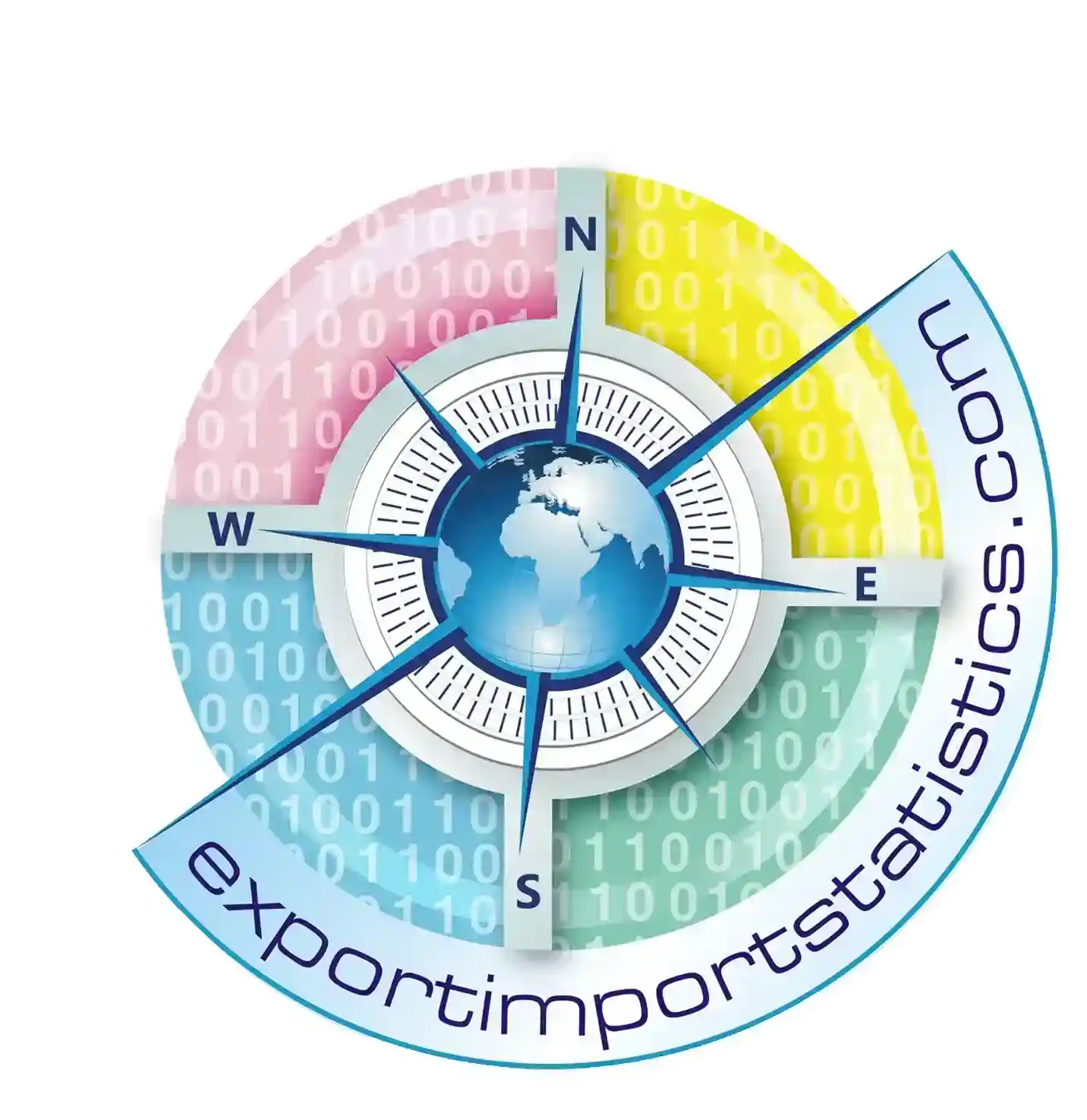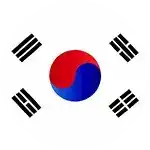South Korea
-- Economy of South Korea --
South Korea , is a country in East Asia, constituting the southern part of the Korean Peninsula.The name Korea is derived from Goryeo, a dynasty which ruled in the Middle Ages. It shares land borders with North Korea to the north, and oversea borders with China to the west and Japan to the east. South Korea lies in the North Temperate Zone with a predominantly mountainous terrain. It comprises an estimated 50 million residents distributed over 99,392 km2 (38,375 sq mi). The capital and largest city is Seoul, with a population of 10 million. Archaeology indicates that the Korean Peninsula was occupied by the Lower Paleolithic period (2.6 Ma–300 Ka). The history of Korea begins with the founding of Gojoseon in 2333 BC by the legendary Dangun. Following the unification of the Three Kingdoms of Korea under Silla AD 668, Korea was ruled by the Goryeo Dynasty (918–1392) and Joseon Dynasty (1392–1910). It was annexed by the Empire of Japan in 1910. At the end of World War II, Korea was divided into Soviet and U.S. zones of occupation. An election was held in the U.S. zone in 1948 which led to the creation of the Republic of Korea. Although the Nations passed a resolution declaring the Republic to be the only lawful government in Korea,[9] the Soviets set up a rival government in the North.
-- Economy --
South Korea has a market economy that ranks 15th in the world by nominal GDP and 12th by purchasing power parity (PPP), identifying it as one of theG-20 major economies. It is a developed country, with a developed market and high-income economy, and is a member of OECD. South Korea is one of the Asian Tigers, and is the only developed country so far to have been included in the group of Next Eleven countries. South Korea had one of the world's fastest growing economies from the early 1960s to the late 1990s, and South Korea is still one of the fastest growing developed countries in the 2000s, along with Hong Kong, Singapore, and Taiwan, the other three Asian Tigers. South Koreans refer to this growth as the Miracle on the Han River. Having almost no natural resources and always suffering from overpopulation in its small territory, which deterred continued population growth and the formation of a large internal consumer market, South Korea adapted an export-oriented economic strategy to fuel its economy, and in 2012, South Korea was the sixth largest exporter and seventh largest importer in the world. Bank of Korea and Korea Development Institute periodically release majoreconomic indicators and economic trends of the economy of South Korea.
The most significant factor in rapid industrialization was the adoption of an outward-looking strategy in the early 1960s. This strategy was particularly well suited to that time because of South Korea's poor natural resource endowment, low savings rate, and tiny domestic market. The strategy promoted economic growth through labor-intensive manufactured exports, in which South Korea could develop a competitive advantage. Government initiatives played an important role in this process. The inflow of foreign capital was greatly encouraged to supplement the shortage of domestic savings. These efforts enabled South Korea to achieve rapid growth in exports and subsequent increases in income.
South Korea relies largely upon exports to fuel the growth of its economy, with finished products such as electronics, textiles, ships, automobiles, and steel being some of its most important exports. Although the import market has liberalized in recent years, the agricultural market has remained largely protectionist due to serious disparities in the price of domestic agricultural products such as rice with the international market. As of 2005, the price of rice in South Korea is about four times that of the average price of rice on the international market, and it was generally feared that opening the agricultural market would have disastrous effects upon the South Korean agricultural sector. In late 2004, however, an agreement was reached with the WTO in which South Korean rice imports will gradually increase from 4% to 8% of consumption by 2014. In addition, up to 30% of imported rice will be made available directly to consumers by 2010, where previously imported rice was only used for processed foods. Following 2014, the South Korean rice market will be fully opened.
-- Politics --
Under its current constitution the state is sometimes referred to as the Sixth Republic of South Korea. Like many democratic states, South Korea has a government divided into three branches: executive, judicial, and legislative. The executive and legislative branches operate primarily at the national level, although various ministries in the executive branch also carry out local functions. Local governments are semi-autonomous, and contain executive and legislative bodies of their own. The judicial branch operates at both the national and local levels. South Korea is a constitutional democracy.
South Korea maintains diplomatic relations with more than 188 countries. The country has also been a member of the United Nations since 1991, when it became a member state at the same time as North Korea. On January 1, 2007, South Korean Foreign Minister Ban Ki-moon assumed the post of UN Secretary-General. It has also developed links with the Association of Southeast Asian Nations as both a member of ASEAN Plus three, a body of observers, and the East Asia Summit (EAS).
In 2010, South Korea and the European Union concluded a free trade agreement (FTA) to reduce trade barriers. South Korea is also negotiating a Free Trade Agreement with Canada, and another with New Zealand. In November 2009 South Korea joined the OECD Development Assistance Committee, marking the first time a former aid recipient country joined the group as a donor member. South Korea hosted the G-20 Summit in Seoul in November 2010.
-- Trade in South Korea --
Major exports of South Korea : Electronic integrated circuits (9%), Cruise ships and similar vessels for the transport of persons (8%), Cars (7%), Petroleum oils, refined (6%), Liquid crystal devices (5%)
Major imports of South Korea : Petroleum oils, crude (7%), Electronic integrated circuits (7%), Petroleum oils, refined (4%), Machines and mechanical appliances having individual functions nes (4%), Petroleum gases (4%)
Major trade partners of South Korea (Exports) : China (24%), United States (10%), Japan (6%), Hong Kong (5%), Asia NES (3%)
Major trade partners of South Korea (Imports) : China (20%), Japan (18%), United States (10%), Australia (6%), Indonesia (4%)


